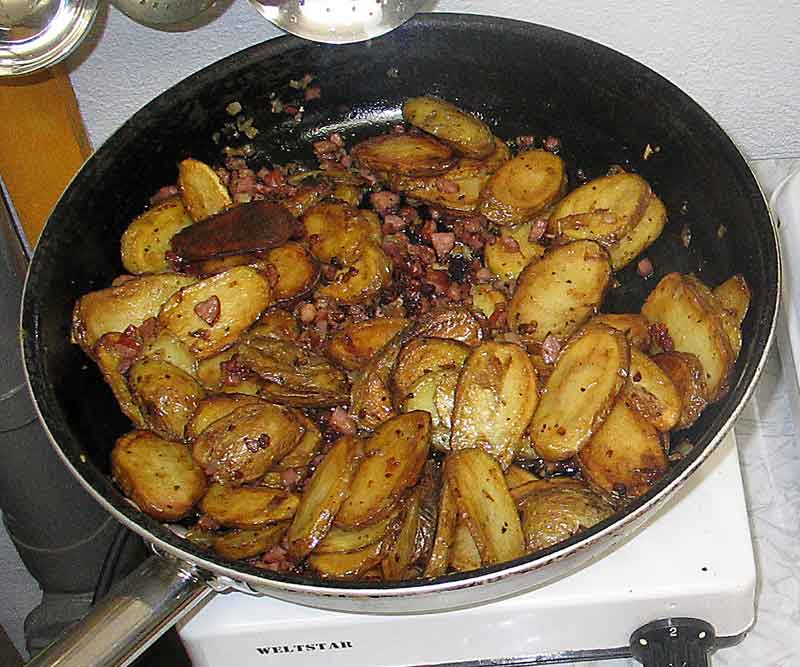|
Parsley
Parsley, or garden parsley ('' Petroselinum crispum'') is a species of flowering plant in the family Apiaceae that is native to the central and eastern Mediterranean region (Sardinia, Lebanon, Israel, Cyprus, Turkey, southern Italy, Greece, Portugal, Spain, Malta, Morocco, Algeria, and Tunisia), but has been naturalized elsewhere in Europe, and is widely cultivated as a herb, and a vegetable. Parsley is widely used in European, Middle Eastern, and American cuisine. Curly leaf parsley is often used as a garnish. In central Europe, eastern Europe, and southern Europe, as well as in western Asia, many dishes are served with fresh green chopped parsley sprinkled on top. Flat leaf parsley is similar, but it is easier to cultivate, some say it has a stronger flavor. Root parsley is very common in central, eastern, and southern European cuisines, where it is used as a snack or a vegetable in many soups, stews, and casseroles. It is believed to have been originally grown in S ... [...More Info...] [...Related Items...] OR: [Wikipedia] [Google] [Baidu] |
Petroselinum
''Petroselinum'' (parsley) is a genus of two species of flowering plants in the family Apiaceae, native to western and southern Europe and northern Africa.The Euro+Med Plantbase Project''Petroselinum''/ref> They are bright green hairless biennial herbaceous plants, rarely annual plants. In the first year, they form a rosette of pinnate to tripinnate leaves and a tap root used as a food store over the winter. In the second year they grow a flowering stem up to 1 m tall with sparser leaves and umbels of white or pinkish to yellowish-green flowers.Blamey, M. & Grey-Wilson, C. (1989). ''Illustrated Flora of Britain and Northern Europe''. Interactive Flora of NW Europe''Petroselinum'' species listangenus description/ref> ''Petroselinum crispum'' (garden parsley) from southern Europe and northern Africa (southern Italy, Greece, Algeria, Tunisia) is an important culinary herb, widely used for flavouring and as a vegetable. ''Petroselinum segetum'' (corn parsley) from western Europe (Gr ... [...More Info...] [...Related Items...] OR: [Wikipedia] [Google] [Baidu] |
Garnish (food)
A garnish is an item or substance used as a decoration or embellishment accompanying a prepared food dish or drink. In many cases, it may give added or contrasting flavor. Some garnishes are selected mainly to augment the visual impact of the plate, while others are selected specifically for the flavor they may impart. This is in contrast to a condiment, a prepared sauce added to another food item primarily for its flavor. A food item which is served with garnish may be described as being garni, the French term for "garnished." Many garnishes are not intended to be eaten, though for some it is fine to do so. Parsley is an example of a traditional garnish; this pungent green herb has small distinctly shaped leaves, firm stems, and is easy to trim into a garnish. Overview A garnish makes food or drink items more visually appealing. They may, for example, enhance their color, such as when paprika is sprinkled on a salmon salad. They may provide a color contrast, for example w ... [...More Info...] [...Related Items...] OR: [Wikipedia] [Google] [Baidu] |
Flowering Plant
Flowering plants are plants that bear flowers and fruits, and form the clade Angiospermae (), commonly called angiosperms. They include all forbs (flowering plants without a woody stem), grasses and grass-like plants, a vast majority of broad-leaved trees, shrubs and vines, and most aquatic plants. The term "angiosperm" is derived from the Greek words ἀγγεῖον / ('container, vessel') and σπέρμα / ('seed'), meaning that the seeds are enclosed within a fruit. They are by far the most diverse group of land plants with 64 orders, 416 families, approximately 13,000 known genera and 300,000 known species. Angiosperms were formerly called Magnoliophyta (). Angiosperms are distinguished from the other seed-producing plants, the gymnosperms, by having flowers, xylem consisting of vessel elements instead of tracheids, endosperm within their seeds, and fruits that completely envelop the seeds. The ancestors of flowering plants diverged from the common ance ... [...More Info...] [...Related Items...] OR: [Wikipedia] [Google] [Baidu] |
Middle Eastern Cuisine
Middle Eastern cuisine or West Asian cuisine includes Arab, Armenian, Assyrian, Azerbaijani, Cypriot, Egyptian, Georgian, Iranian, Iraqi, Israeli, Kurdish, Lebanese, Palestinian and Turkish cuisines. Common ingredients include olives and olive oil, pitas, honey, sesame seeds, dates, sumac, chickpeas, mint, rice and parsley, and popular dishes include ''kebabs'', ''dolmas'', '' falafel'', ''baklava'', yogurt, '' doner kebab'', '' shawarma'' and '' mulukhiyah''. Geography The exact countries considered to be part of the Middle East are difficult to determine as the definition has changed over time and from source to source. Currently the countries that are considered to comprise the Middle East are: Bahrain, Cyprus, Egypt, Iran, Iraq, Israel, Jordan, Kuwait, Palestine, Lebanon, Oman, Qatar, Saudi Arabia, Syria, Turkey, United Arab Emirates, and Yemen. However, Middle Eastern cuisine includes dishes from Arab, Armenian, Assyrian, Azerbaijani, Cy ... [...More Info...] [...Related Items...] OR: [Wikipedia] [Google] [Baidu] |
Herb
In general use, herbs are a widely distributed and widespread group of plants, excluding vegetables and other plants consumed for macronutrients, with savory or aromatic properties that are used for flavoring and garnishing food, for medicinal purposes, or for fragrances. Culinary use typically distinguishes herbs from spices. ''Herbs'' generally refers to the leafy green or flowering parts of a plant (either fresh or dried), while ''spices'' are usually dried and produced from other parts of the plant, including seeds, bark, roots and fruits. Herbs have a variety of uses including culinary, medicinal, aromatic and in some cases, spiritual. General usage of the term "herb" differs between culinary herbs and medicinal herbs; in medicinal or spiritual use, any parts of the plant might be considered as "herbs", including leaves, roots, flowers, seeds, root bark, inner bark (and cambium), resin and pericarp. The word "herb" is pronounced in Commonwealth English, but is com ... [...More Info...] [...Related Items...] OR: [Wikipedia] [Google] [Baidu] |
Cilantro
Coriander (;coriander in the Cambridge English Pronouncing Dictionary ''Coriandrum sativum'') is an annual in the family . It is also known as Chinese parsley, dhania, or cilantro (). [...More Info...] [...Related Items...] OR: [Wikipedia] [Google] [Baidu] |
Morocco
Morocco (),, ) officially the Kingdom of Morocco, is the westernmost country in the Maghreb region of North Africa. It overlooks the Mediterranean Sea to the north and the Atlantic Ocean to the west, and has land borders with Algeria to the east, and the disputed territory of Western Sahara to the south. Mauritania lies to the south of Western Sahara. Morocco also claims the Spanish exclaves of Ceuta, Melilla and Peñón de Vélez de la Gomera, and several small Spanish-controlled islands off its coast. It spans an area of or , with a population of roughly 37 million. Its official and predominant religion is Islam, and the official languages are Arabic and Berber; the Moroccan dialect of Arabic and French are also widely spoken. Moroccan identity and culture is a mix of Arab, Berber, and European cultures. Its capital is Rabat, while its largest city is Casablanca. In a region inhabited since the Paleolithic Era over 300,000 years ago, the first Moroccan st ... [...More Info...] [...Related Items...] OR: [Wikipedia] [Google] [Baidu] |
Asian Cuisine
Asian cuisine includes several major regional cuisines: Central Asian, East Asian, North Asian, South Asian, Southeast Asian, and West Asian. A cuisine is a characteristic style of cooking practices and traditions, usually associated with a specific culture. Asia, being the largest and most populous continent, is home to many cultures, many of which have their own characteristic cuisine. Asian cuisine are also famous about their spices, Asian people traditionally use different kind of spices in their regular meals. Ingredients common to many cultures in the East and Southeast regions of the continent include rice, ginger, garlic, sesame seeds, chilies, dried onions, soy, and tofu. Stir frying, steaming, and deep frying are common cooking methods. While rice is common to most Asian cuisines, different varieties are popular in the various regions. Glutinous rice is ingrained in the culture, religious tradition and national identity of Laos. Basmati rice is popular in ... [...More Info...] [...Related Items...] OR: [Wikipedia] [Google] [Baidu] |
Eastern European Cuisine
Eastern European cuisine encompasses many different cultures, ethnicities, languages, and histories of Eastern Europe. The cuisine of the region is strongly influenced by its climate and still varies, depending on a country. For example, countries of the Sarmatic Plain (Belarusian, Russian and Ukrainian cuisine) show many similarities. Characteristics According to the ''Ethnic Food Lover's Companion'', all significant Eastern European cuisines are closely connected with the political, social and economic revival of the region following the long periods of historical turmoil. "These are substantial cuisines, meaty, rooty, smoky – part comfort food, part extravagance." Their main ingredients include eggs, used most frequently in doughs and pastries; dairy products (with yogurt and cheese among the staples); grains, including rye, barley, wheat, buckwheat and millet used in kashas and in the making of breads; vegetables, in cold storage and in pickling; fish (salmon, pike, carp ... [...More Info...] [...Related Items...] OR: [Wikipedia] [Google] [Baidu] |
Central European Cuisine
Central European cuisine consists of the culinary customs, traditions and cuisines of the nations of Central Europe. The cuisines within each country in the region is strongly influenced by the local climate. For example, German, Polish, Austrian and Czech cuisines show many similarities, yet differ from the highlander cuisines in their respective countries, while in settlements closer to rivers or lakes, more fish and various seafood can be found more frequently. More mountainous areas near the Alps house dishes that contain cheese, milk and butter among other dairy products. Roman Empire influence During the Bronze Age and Iron Age the basic foods were pulses, wild fruits and nuts, and cereals. Archaeobotanical evidence has shown that a large number of new foodstuffs were introduced to Central Europe under Roman rule, becoming incorporated into (rather than replacing) local culinary flavors. Because chickpeas, gourd, black pepper, pistachio, almond, dates, olives, mel ... [...More Info...] [...Related Items...] OR: [Wikipedia] [Google] [Baidu] |
American Cuisine
American cuisine consists of the cooking style and traditional dishes prepared in the United States. It has been significantly influenced by Europeans, indigenous Native Americans, Africans, Asians, Pacific Islanders, and many other cultures and traditions. Principal influences on American cuisine are Native American, British, German, Spanish, West African, Greek and Italian cuisines. While some of American cuisine is fusion cuisine, many regions in the United States have a specific regional cuisine. Several are deeply rooted in ethnic heritages, such as American Chinese, Cajun, New Mexican, Louisiana Creole, Pennsylvania Dutch, Soul food, Tex-Mex, and Tlingit. American cuisine saw significant expansion during the 19th and 20th centuries, primarily due to the influx of immigrants from different nations. This has allowed for the current rich diversity in food dishes throughout the country. This was driven in part by the many Chefs and television personalities who contrib ... [...More Info...] [...Related Items...] OR: [Wikipedia] [Google] [Baidu] |
European Cuisine
European cuisine comprises the cuisines of Europe "European Cuisine." . Accessed July 2011. [...More Info...] [...Related Items...] OR: [Wikipedia] [Google] [Baidu] |
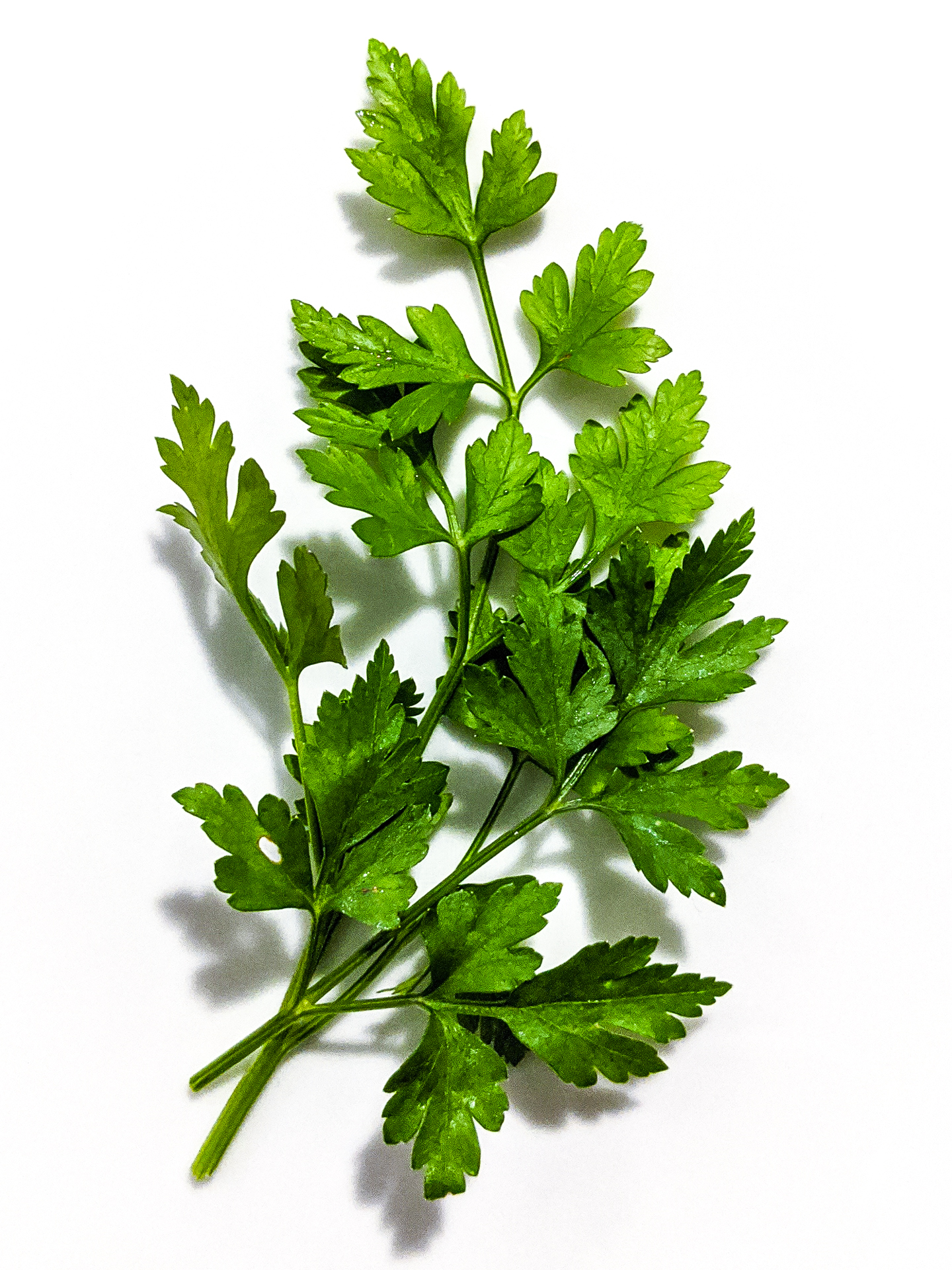
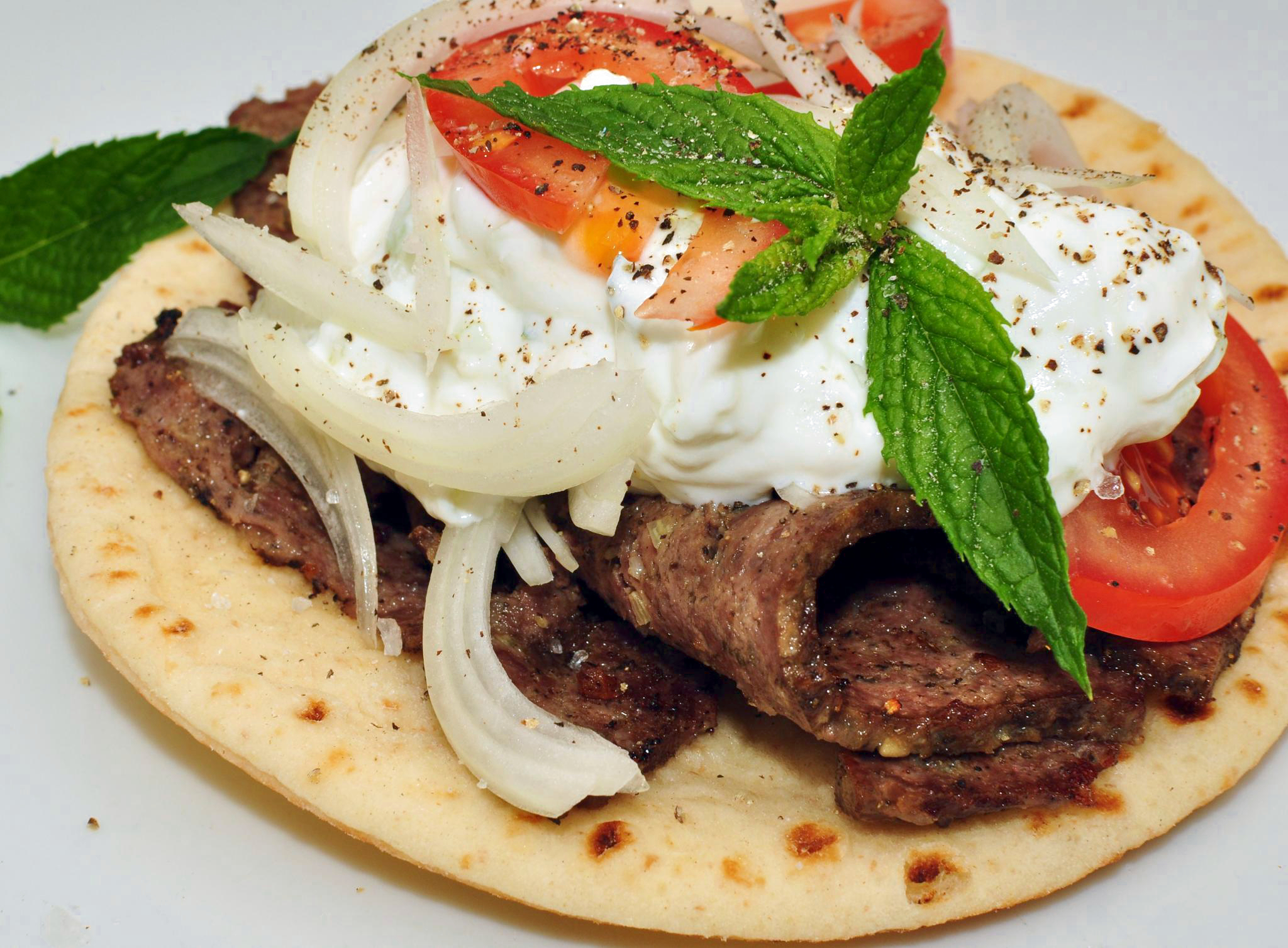

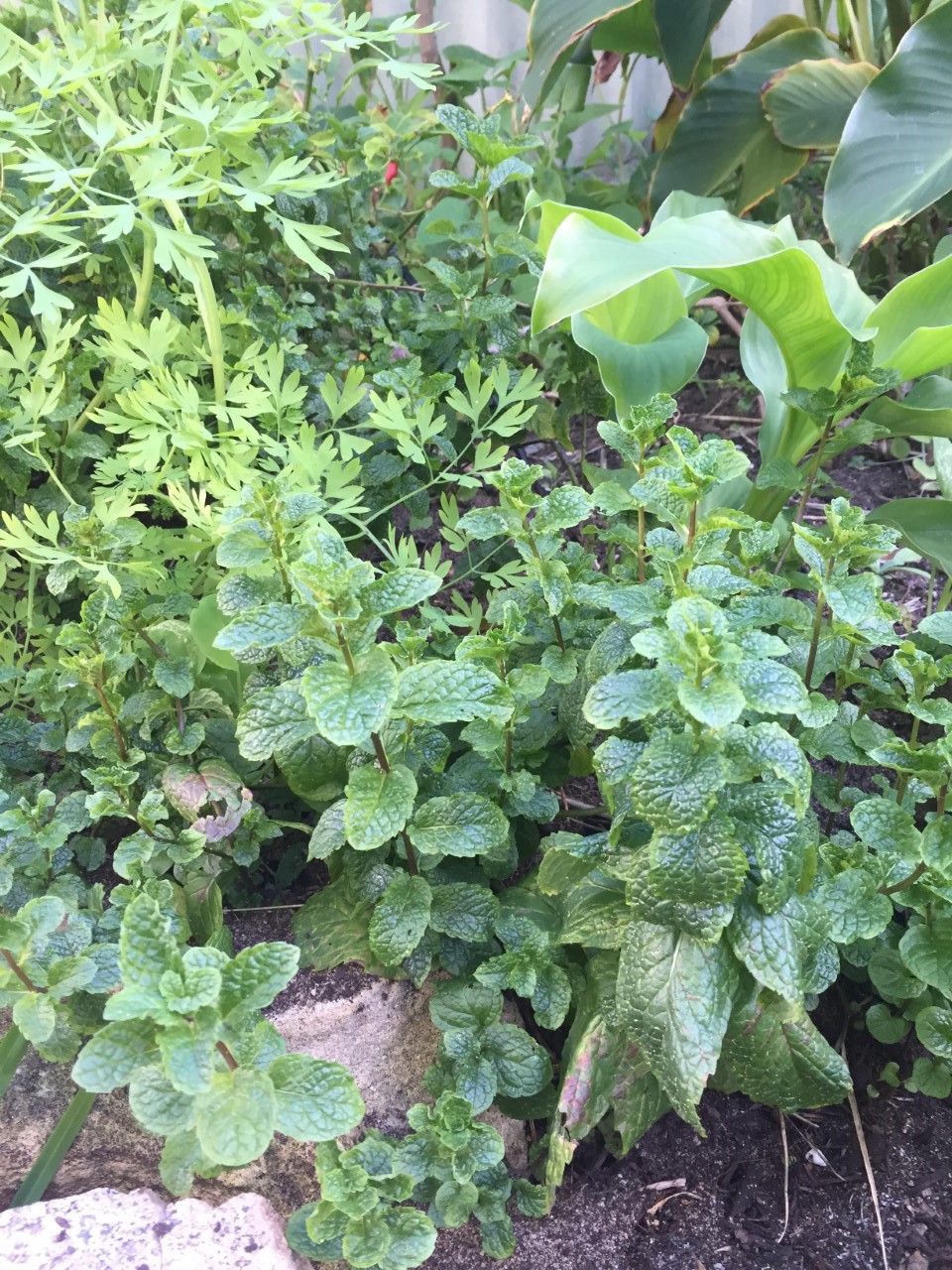

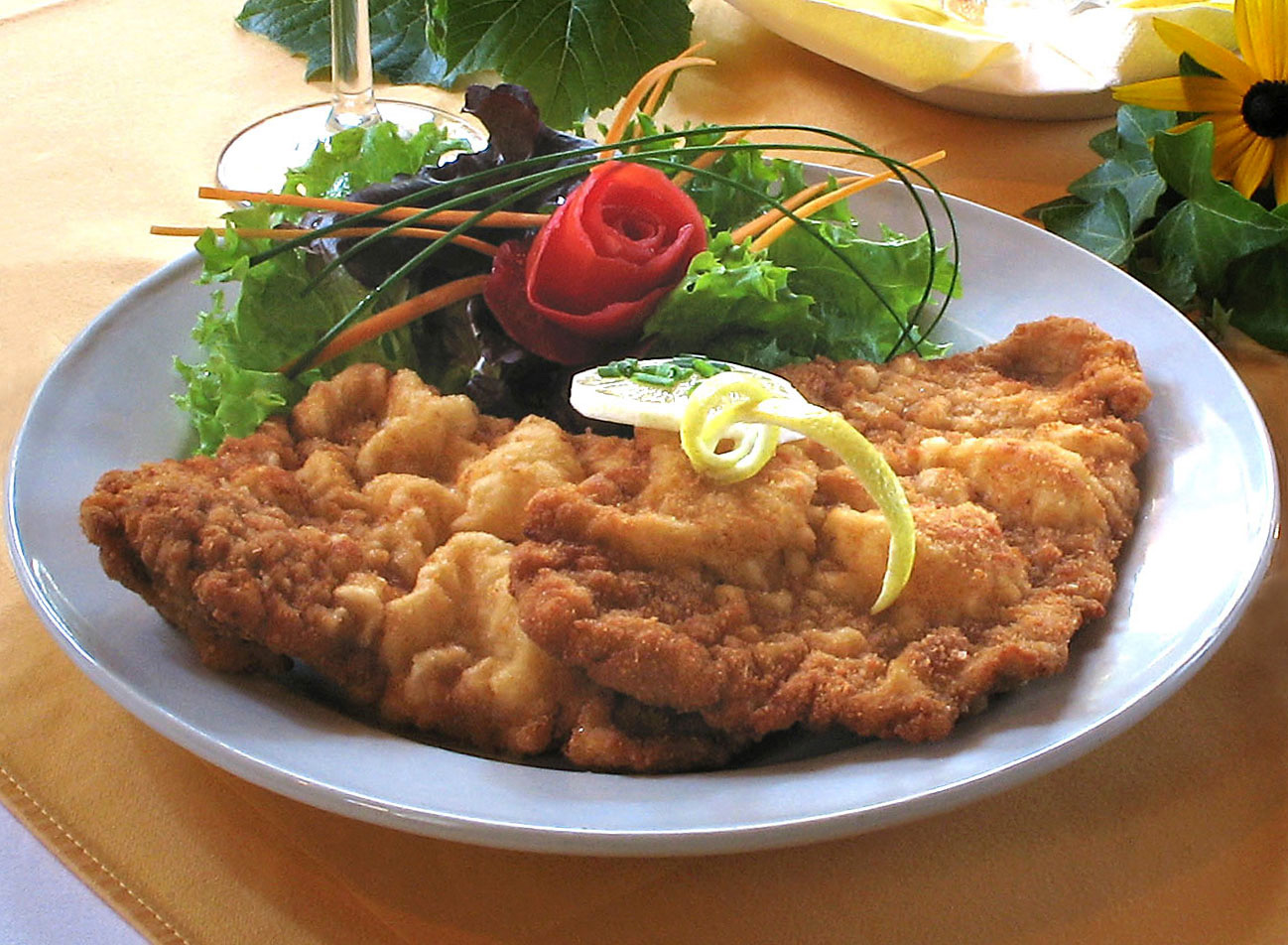
.jpeg)
